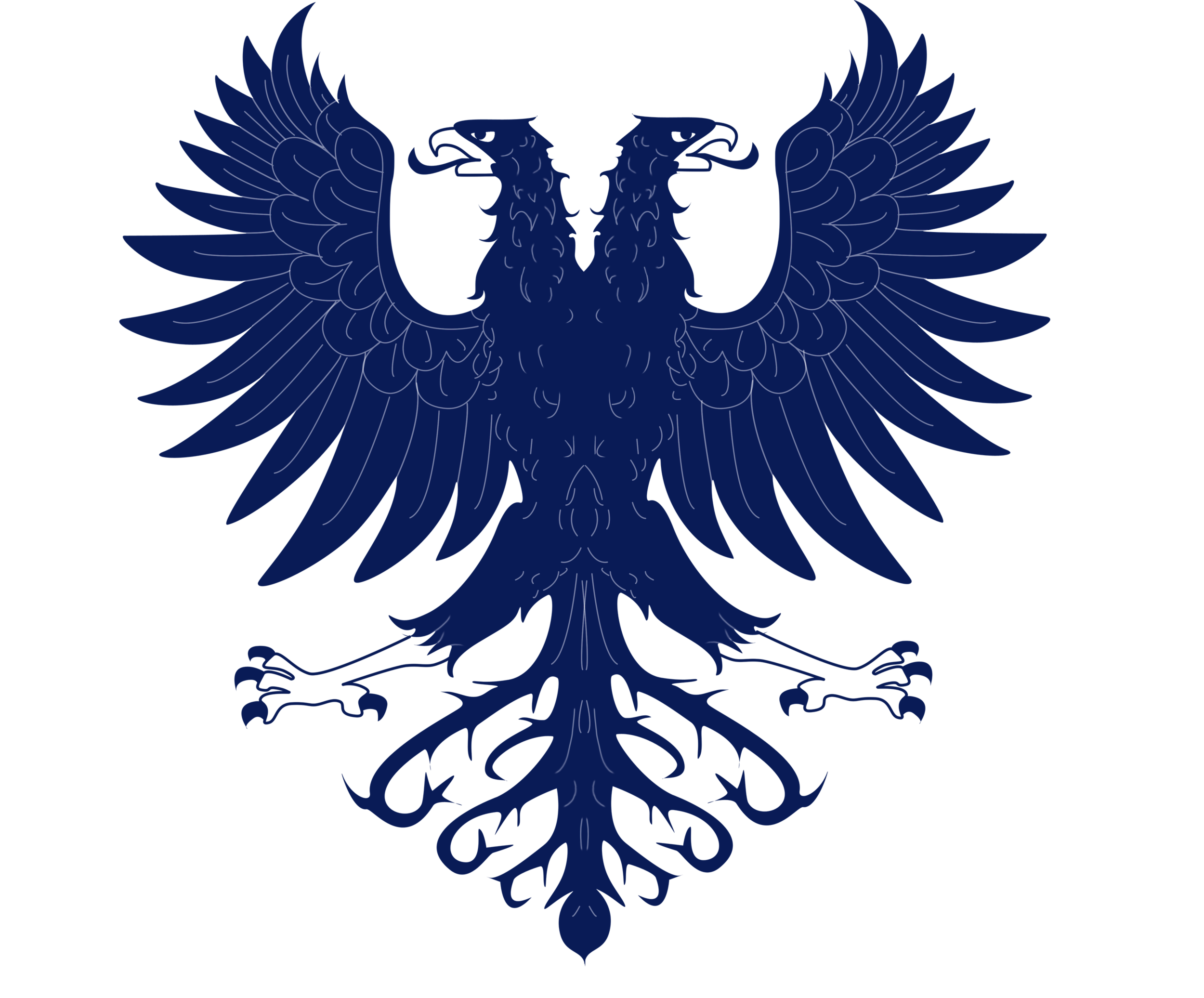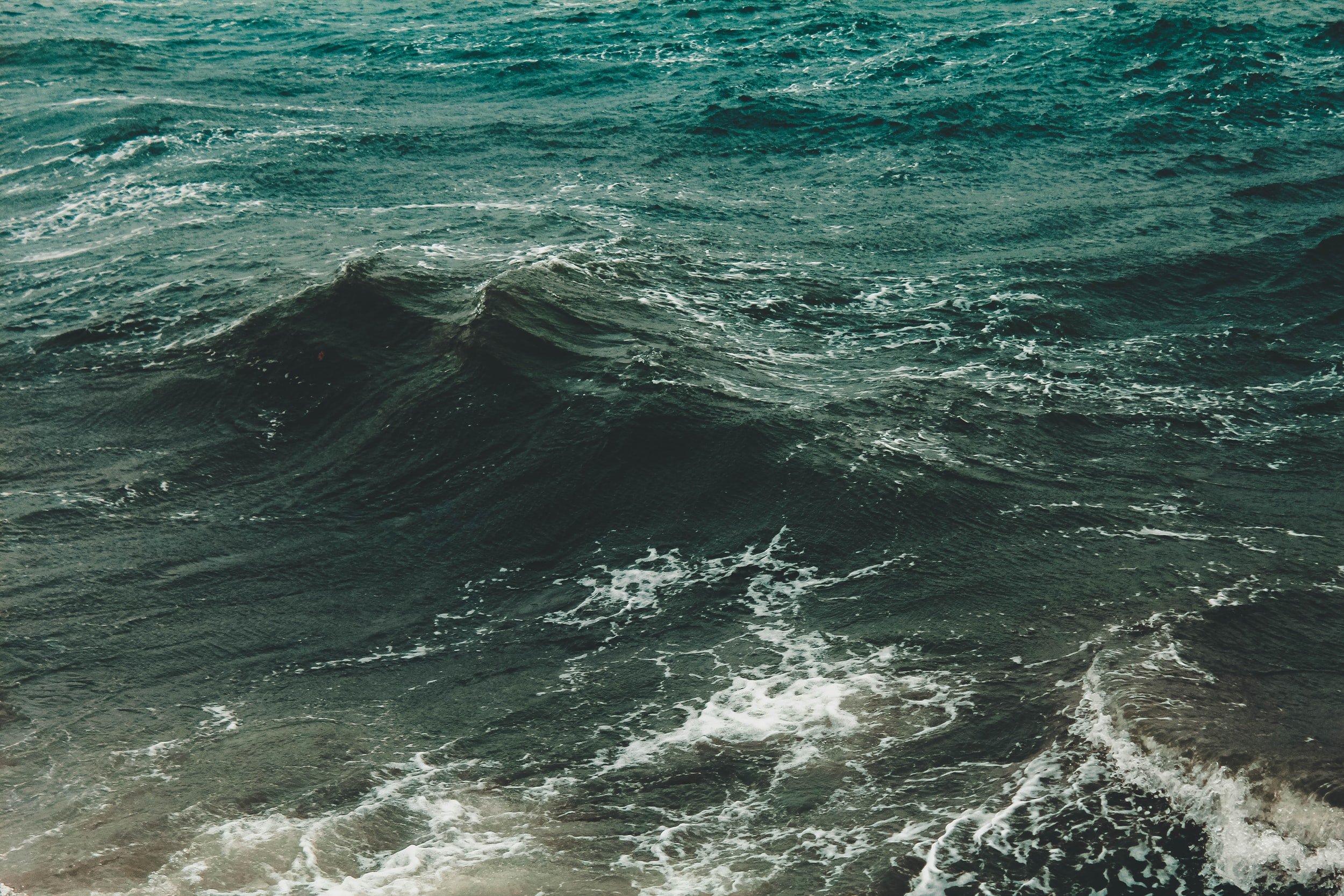How the wind affects your open water swim
That the wind can create waves just like the tide is no secret. But we hardly ever talk about how wind affects lakes to create waves.
This makes sense. After all, most lakes are too small to be able to create large waves. Lake Geneva, takes a special place in this discussion, because is it is the biggest fresh water lake of Europe, and waves can often be observed on the lake.
For us, it seemed a good moment to write a primer on winds and waves. In this blog we will talk about the relation between wind and waves in depth, discuss the types of winds and give you some tips. But let’s start with the basics.
How does the wind affect swimming in open water?
Air moves between a colder and hotter zone and this movement is called wind. For swimmers, it’s the spend and the direction of the wind that matters. Wind has to blow at a high speed over a large area of water to create waves, while the direction depends if the water goes from the shore, to the shore, or along the shore line (all three influence the time it takes to swim a certain distance).
Lake Geneva is quite different in the sense that the lake is monomitic. Monomitic means that on the lake two different prevailing winds meet in opposed directions. In other words, when swimming in Lake Geneva, you will either have wind coming from the southwest or from the northeast.
Types of wind
As you get into the water, you can face four types of winds:
Head-winds: wind coming straight at you, creating a direction of water in the opposition direction of where you’re going;
Tail-winds: wind coming from behind you, the water is blown in the same direction as you’re swimming;
Cross-winds: winds that can come from the left or the right; or
Variable-direction winds: winds that will seem to change from moment to moment.
These last two types of winds are most common on Lake Geneva, because, it’s a lake where two types of winds are prevailing. If, for example, you swim from Evian to Lausanne, you’re crossing the lake, and in general you will have southwest and northeast wind affect your swim.
Tips for dealing with strong wind while swimming in open water
Now that you know how to read the wind and understand the weather conditions before going into the water, we got you some tips in case your event day turns out to have some nasty weather.
Stay down in the water longer. One of the things about wind is that it affects surfaces. However, if all of a sudden you go from 5 meters underwater, to 10 meters underwater this will seriously affect your pace.
Change your pacing strategies. Breathing is crucial during longer open water event, however, strong head winds or tail winds might throw off your breath rhythm. Be prepared to change your breath rhythm during your swim in windy conditions.
Change your expectations. If you’re planning on breaking your personal record during a swim event in windy weather, be sure to change your expectations accordingly. The wind influences the direction of the water and will influence the times you swim. Just try your best to finish the event, and hope for better luck next time. There is hardly anyone who has won a race against the wind.
How wind affects swimming conditions
In this blog we have talked about how the wind affects swimming conditions. You have learned how the wind works in relation to open water swimming, how to read the weather conditions and we have given you some tips for the next time you have an event in rough water.


